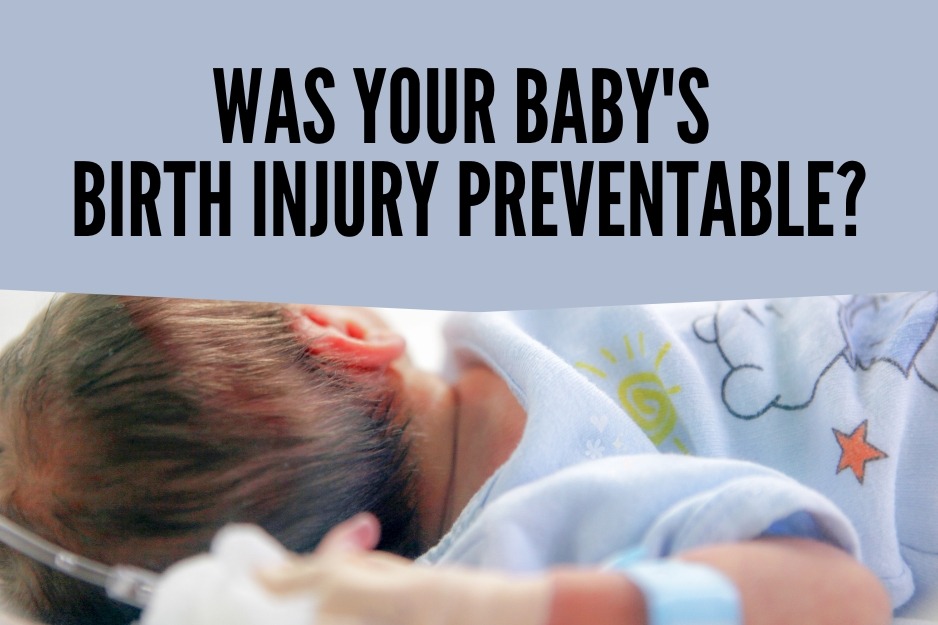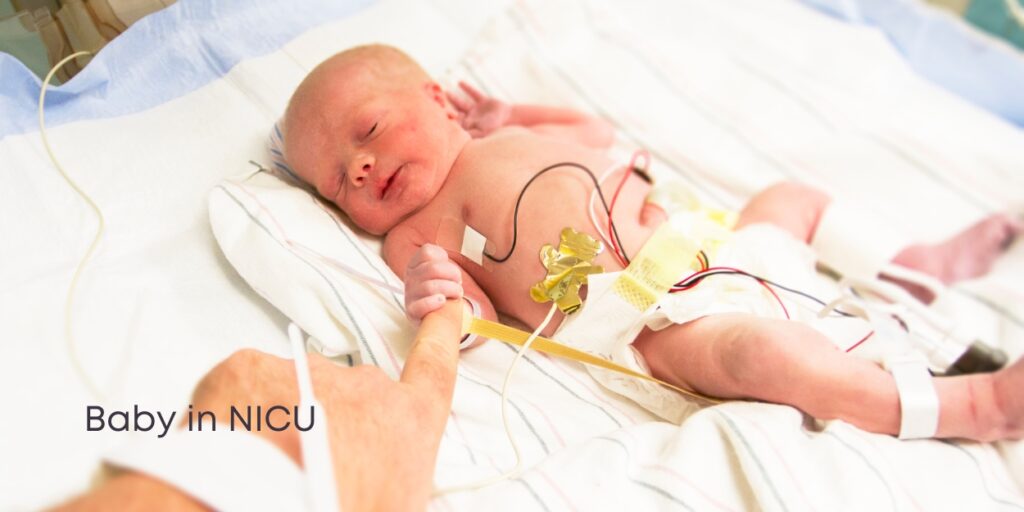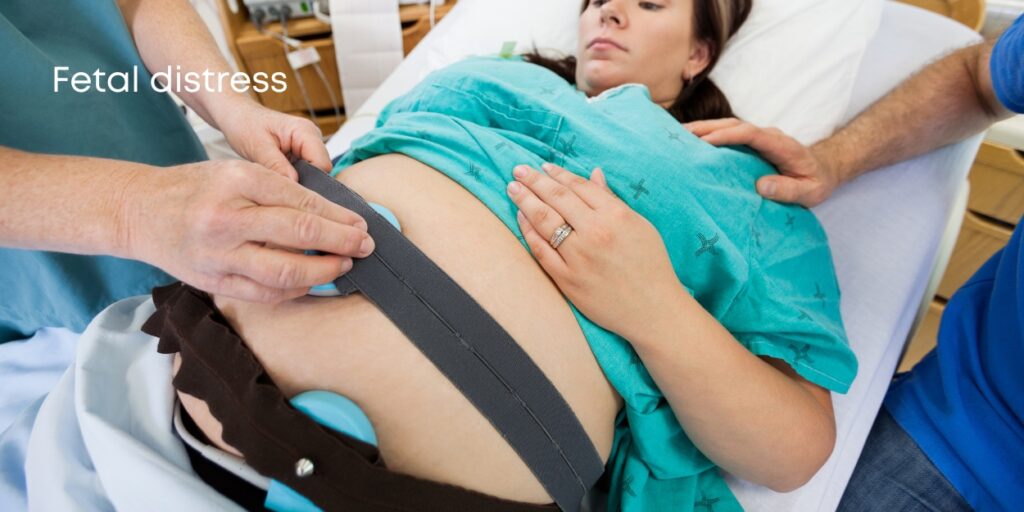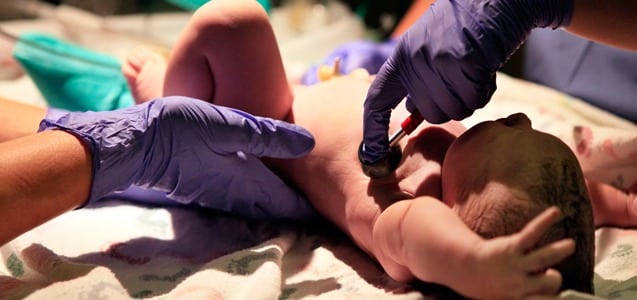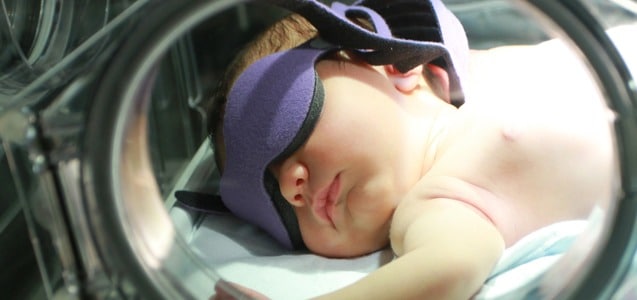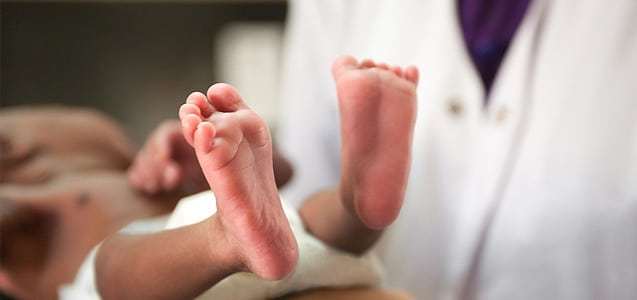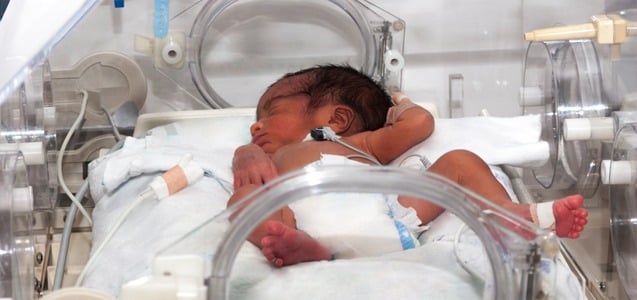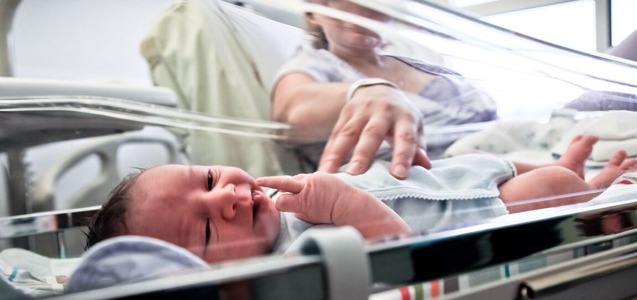The birth of a child is a life-changing event. As a new parent, you want nothing but the best care for your baby during labor and delivery. However, sometimes things can go wrong, and the baby can sustain injuries during birth. According to recent studies, birth injuries occur in about 7 out of every 1,000 births in the USA. Some of these injuries are preventable.
Protecting families after a serious birth injury
Birth injuries can happen during a difficult delivery if the baby is larger than average or if complications arise during pregnancy or delivery.
The most common birth injuries include cerebral palsy, brachial plexus injuries, and hypoxic-ischemic encephalopathy (HIE).
– Cerebral palsy is caused by brain damage and affects muscle control and movement.
– Brachial plexus injuries occur when the nerves that control the arm and hand are damaged during delivery.
– HIE is a type of brain injury that can occur when the baby does not receive enough oxygen during delivery. HIE can lead to long-term issues such as seizure disorders, cerebral palsy, restricted brain and skull growth, and developmental delays.
Top reasons for fetal distress
As new parents, it’s important to know the top reasons for fetal distress. This knowledge can help you recognize signs of distress and take action to ensure you and your baby are safe and healthy.
Preventing birth injuries requires good communication between the OB/GYN and the hospital staff. Doctors and nurses must carefully monitor the baby’s vital signs during delivery and identify potential complications early on.
- Placenta Problems
The placenta is responsible for delivering oxygen and nutrients to the baby during pregnancy. Any problems with the placenta can lead to fetal distress.
– Placental abruption occurs when the placenta separates from the uterus, causing bleeding and compromising the baby’s oxygen supply.
– Placenta previa is where the placenta covers the cervix and blocks the baby’s path out of the uterus. It is another condition that can cause hemorrhage and compromise the baby’s oxygen supply.
These conditions require immediate medical attention to prevent serious harm to the baby and mother.
- Umbilical Cord Issues
The umbilical cord connects the baby to the placenta and carries oxygen and nutrients to the baby.
– If the cord becomes compressed, twisted, or detached, it can restrict blood flow and cause fetal distress.
– Conditions like nuchal cord occur when the cord wraps around the baby’s neck, causing compression and reduced oxygen supply.
– Umbilical cord prolapse is another serious condition where the cord slips through the cervix before the baby, increasing the risk of oxygen deprivation and brain damage.
- Infection
Infections in the mother during pregnancy or in the baby during delivery can lead to fetal distress. For example, chorioamnionitis is an infection that affects the placenta and fluid around the baby, causing inflammation and reducing oxygen supply.
This infection can lead to premature birth and brain damage if left untreated. It’s important for expecting mothers to practice good hygiene and get regular prenatal care to prevent infections that can affect the baby.
- Maternal Health Problems
Certain health problems in expecting mothers can lead to fetal distress. For example, preeclampsia is a condition that causes high blood pressure and damage to organs like the uterus and liver.
Preeclampsia can lead to a decrease in blood flow to the placenta, causing fetal distress. Mothers with diabetes also have a higher risk of fetal distress due to the impact on blood sugar levels and increased likelihood of a large-bodied baby.
It’s important for pregnant women to maintain a healthy lifestyle and get regular checkups to monitor these health problems.
If a baby is experiencing fetal distress, doctors must act quickly to deliver the baby safely. In some cases, a C-section may be the best option. OB/GYNs and hospital staff can also use tools such as forceps and vacuum extractors carefully to avoid injury to the baby during delivery.
Did your baby have a cerebral palsy diagnosis?
Hearing a cerebral palsy diagnosis about your newborn infant is devastating as a new parent. You may ask yourself, why did my baby suffer brain trauma at birth? You may wonder if a medical mistake during childbirth caused your child’s birth injuries.
Cerebral palsy is a neurological disorder that affects movement and coordination. It can have a significant impact on your child’s life.
There are many possible causes of cerebral palsy, and not all cases are a result of medical malpractice. However, medical errors during the birthing process can lead to cerebral palsy.
– If the hospital labor team fails to detect fetal distress during labor and delivery
– If a doctor improperly uses medical equipment like forceps or a vacuum extractor
– Lack of oxygen to the brain during birth can cause cerebral palsy.
Any of these mistakes can result in a brain injury from birth leading to cerebral palsy. It is essential to speak with an experienced attorney for cerebral palsy. At The Yost Legal Group, we can help determine the cause of the condition.
Our cerebral palsy lawyers are highly experienced and will review all medical records about your child’s birth injury. An experienced birth injury law firm can file a medical malpractice lawsuit on your behalf.
Experienced birth injury lawyers with a track record of success
If you suspect that your baby’s birth injury could have been prevented, speak with an experienced birth injury lawyer. A birth injury attorney can review the medical records and help determine whether a medical mistake was made during delivery.
If a medical error is made, our birth injury team will work to get a lifetime of care for your child. At The Yost Legal Group, our experienced birth trauma lawyers are here to help you in this difficult time.
If your baby has been diagnosed with a birth injury, you want to know what happened. With an HIE diagnosis or an infant brain injury, we will look into the risk factors. A CP lawyer will fight on your behalf to secure the funds to pay for your child’s care.
At The Yost Legal Group, we have successfully filed thousands of birth injury lawsuits when medical mistakes were made.
We can help you navigate the complex legal system and work to ensure your family receives the financial compensation you need to care for your child. Contact us today at 800-967-8529 for a free consultation.
